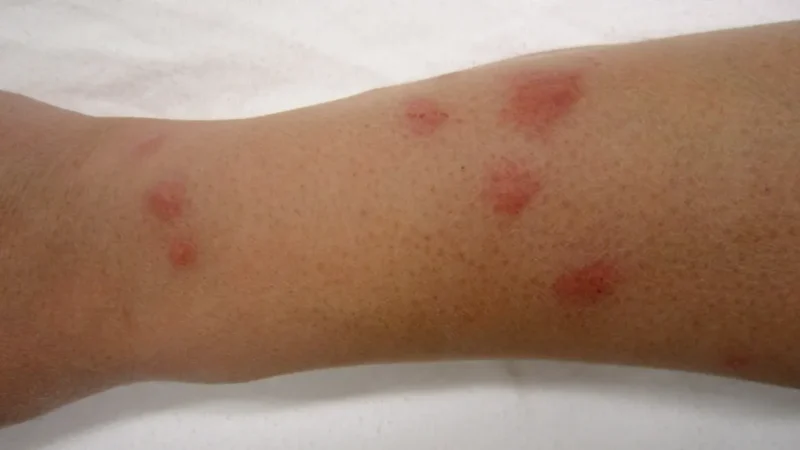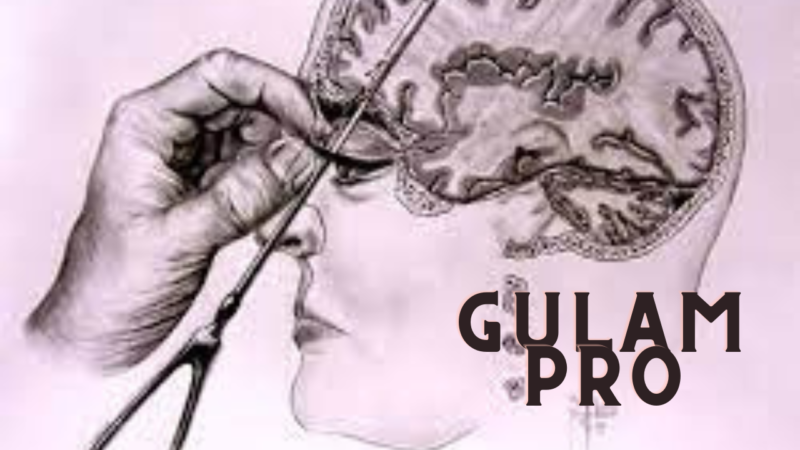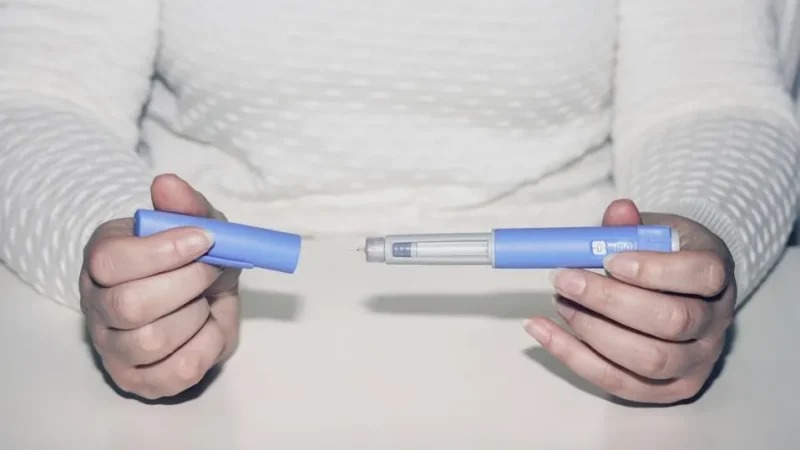The Puzzling Dance of Antibodies: Unveiling anti nmda-receptor autoimmune encephalitis

Imagine a world where your own immune system, tasked with protecting you, turns against your thoughts, memories, and movements. This is the unsettling reality of Anti-anti nmda-receptor autoimmune encephalitis (ARDAE), a brain inflammation triggered by the body’s misguided attack on a crucial player in brain function – the NMDA receptor.
Inside the Storm: The Dance of Neurons and NMDA
Our brains are bustling cities of electrical signals orchestrated by neurons. These signals leap across synapses, tiny gaps between neurons, using chemical neurotransmitters. A key player in this synaptic tango is the NMDA receptor, a protein on the receiving neuron that acts like a gatekeeper, controlling the flow of information. When glutamate, a common neurotransmitter, binds to NMDA, the gate opens, allowing calcium ions to rush in and trigger the next neuron in the chain. This intricate dance underlies everything from learning and memory to movement and emotions.
When the Gatekeeper is Betrayed: The Autoimmune Assault in ARDAE
In ARDAE, the body mistakenly produces antibodies that target the NMDA receptor. These antibodies act like rogue bouncers, blocking glutamate from binding and shutting the gate. With the calcium flow disrupted, communication between neurons stumbles, leading to a cascade of neurological chaos.
Unmasking the Enigma: Symptoms and Diagnosis
ARDAE often presents with a bewildering constellation of symptoms, making diagnosis a puzzle for even seasoned neurologists. The initial phase may mimic flu-like symptoms, with fever, headache, and fatigue. Soon, psychiatric disturbances take center stage: delusions, hallucinations, paranoia, and rapid mood swings resembling a bad dream. Language difficulties, seizures, and involuntary movements may join the chaotic choreography.
Diagnosing ARDAE hinges on identifying the culprit antibodies in the cerebrospinal fluid, the protective liquid surrounding the brain and spinal cord. Brain scans like MRI may reveal inflammation, but the definitive answer lies in the intricate dance of immune system and brain.
Untangling the Knot: Treatment Options and Hope
While ARDAE can be a frightening storm, there’s hope brewing on the horizon. Early diagnosis and aggressive treatment are crucial. The first line of defense involves immunotherapies like corticosteroids and intravenous immunoglobulin, aimed at tamping down the overactive immune system. Plasma exchange, like filtering the blood to remove the rogue antibodies, may also be employed.
In many cases, ARDAE is associated with underlying tumors, particularly ovarian teratomas in young women. Removing these tumors can be essential for long-term recovery.
The road to recovery from ARDAE is often long and arduous. Rehabilitation plays a vital role in rebuilding damaged neuronal connections and restoring lost functions. With time, patience, and a supportive network, patients can reclaim their lives, though some cognitive and emotional deficits may persist.
Beyond the Individual: Unveiling the Mysteries of ARDAE
Research into ARDAE is shedding light on the intricate interplay between the immune system and the brain. Understanding the triggers for antibody production and the mechanisms of neuronal damage is crucial for developing better diagnostics and more targeted therapies. Exploring the potential link between ARDAE and other autoimmune diseases is also underway, opening doors to a broader understanding of immune dysfunction in the brain.
A Message of Hope and Awareness
ARDAE may be a rare and complex disease, but it’s not an invisible one. Raising awareness, fostering research, and supporting patients and families are crucial steps in navigating this challenging landscape. By shedding light on the intricate dance of neurons and the misguided steps of the immune system, we can unlock possibilities for better diagnosis, treatment, and most importantly, hope for those living with ARDAE.
Remember, this is just a starting point. Feel free to expand on specific sections, add personal stories, or delve deeper into the scientific aspects of ARDAE. You can also incorporate multimedia elements like infographics, videos, or patient testimonials to further engage your readers. The key is to present the information in a clear, accurate, and compelling way that raises awareness and understanding of this challenging condition.
Additional resources:
- The Anti-NMDA Receptor Encephalitis Foundation: https://www.antinmdafoundation.org/en/
- The Encephalitis Society: https://www.encephalitis.info/
- National Institute of Neurological Disorders and Stroke: https://www.ninds.nih.gov/
I hope this helps! Let me know if you have any other questions.tunesharemore_vertadd_photo_alternate






